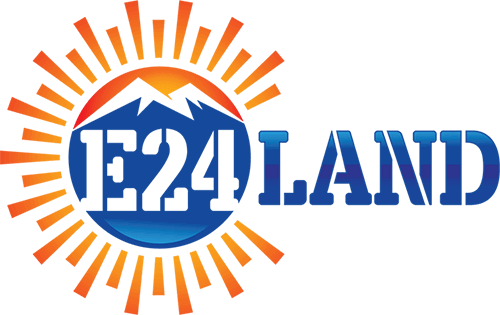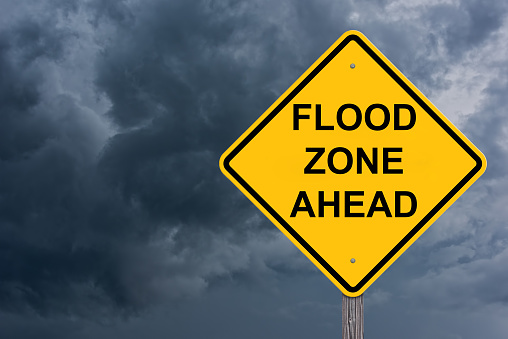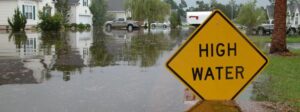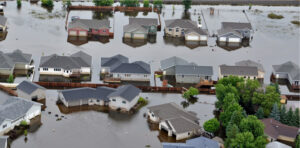Understanding Flood Zones During Your Property Search
Whether you are looking for land for sale as an investment, for a weekend getaway, or to build your forever home, finding the perfect lot can generate both excitement and caution, especially if you don’t know the area well. Part of the search process includes doing your due diligence on the land. As part of this research, it is essential to understand flood zones during your property search. You will want to understand the additional insurance costs associated if your property is in a risky area. Additionally, you would never want to be blindsided by floodwaters.
What is a flood zone?
A flood zone is an area on the Flood Hazard Boundary Map that has a flood risk. Every community’s floodplain administrator works with FEMA to create these flood maps. Each geographical region is assigned an estimated flood risk rating with varying levels of severity. The risk rating determines if flood insurance will be mandatory and how much it will cost. Even at low risk, you may find that you still want to purchase flood insurance or skip the property altogether. You have options.
How do I find out if the property is in a flood zone?
To find out if the property you’re interested in is in a flood zone, visit the Federal Emergency Management Agency (FEMA) and enter your location as prompted. The site will generate a response containing your property’s flood zone. Your property will be in an A, V, B/X, C/X, or D zone.
A Flood Zones
This zone has a 1% annual chance of flooding and a 26% chance of flooding throughout a 30-year mortgage. The A zones are usually near bodies of water. At this level, insurance companies will require you to have flood insurance. You can read more on the different A zones here.
V Flood Zones
This zone includes beachfront properties and is the most hazardous of the special flood hazard areas. Insurance companies require you to have flood insurance in these zones also. You can read more on the different V zones here.
B and X, C and X Flood Zones
These are your moderate to low risk flood zone areas. Insurance is not federally mandated since these zones are not in the 1% annual flood risk group, but it comes highly recommended. They are not as risky as A and V zones but account for 20% of the National Flood Insurance Program claims. To read more on these zones, click here.
D Flood Zones
Flood hazards are possible in these zones but not yet determined. There has been no flood hazard analysis. The cost of flood insurance in a D zone is commensurate with risk uncertainty.
Does E24 Land perform any flood zone analysis on the listed properties?
At E24 Land, we don’t get a flood certificate, but we take a look at the FEMA map and get a screenshot to see if it is in a floodplain. It is essential that you still perform your due diligence on any property you consider to check for flood zones.
Final Thoughts on Flood Zones
The FEMA flood zone map allows you to understand your land more thoroughly and ask more specific questions about the risk level. Then you can decide how much risk you’re willing to take with it.
For further information on flooding and maps, you can visit FEMA.
We would love to help you find land in Colorado, Missouri, or Nevada! Contact us today or join our VIP weekly mailing list to access new properties earlier than the general public!




